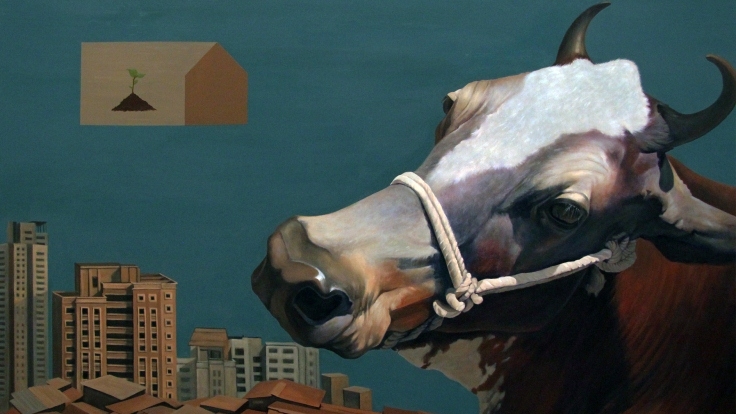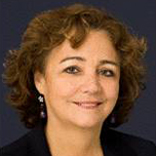Visions that transcend borders
Though the 25 winning artists are from different backgrounds and use a variety of media and styles, their work has one thing is common. Each artwork tells the story of individual countries and the reality seen through their eyes, while expressing a strong willingness to reject isolation and work beyond borders for a more integrated South Asia.
"As regional cooperation is gaining traction, creative artistic expression has a huge role in bringing about social and cultural change by connecting the young artists across the region," Guerrero said. "We hope this exhibition will be a seed for many more regional shows and networks of artists in the future."
The exhibition gives the artists an opportunity to network with each other, exchange ideas, and set the stage for future collaborations. At a time when most artists seek to exhibit their works in the West, Manjunath Honnapura from India appreciated the opportunity to visit neighboring Bangladesh and get to know its artists and people. “It feels great,” he enthused.
Epitomizing the artist’s vision that is typically drawn to the human condition transcending borders, Jignasha Ojha from India spoke of how she seeks to rub out the divisions of history. “For me it’s all about humans, only humans … no country. I don’t like borders,” she said emphatically.
A feast for the soul
Selecting winners from the 231 entrants who submitted more than 1,000 pieces of art to the competition was not easy. “The artworks were a true feast for the eyes and the soul,” said Elena Grant, joint curator and researcher with the World Bank Art Program. “Not surprisingly, the jury had a difficult task in selecting winners out of hundreds of imaginative, thoughtful, and excellently executed works of art."
With South Asia being home to the world’s largest youth population, the exhibition has proved to be an innovative way to tap creative young minds to break down the barriers and build a more integrated and prosperous region. “Regional cooperation is not only about building trade and infrastructure ties between countries,” said Onno Ruhl, the World Bank’s country director for India. “It is also about sharing ideas, changing perceptions, and breaking down stereotypes.”
Added Grant: “Art and artistic expressions can help bridge differences. Our experience has shown how creative interactions can be a powerful medium to bring people together. We hope that our efforts will continue to connect people and countries for a more united and connected world.”
“Imagining Our Future Together” will be on view at World Bank headquarters in Washington, D.C., from Jan. 22 through Feb. 13, 2013. For more information, contact Elena Grant.


